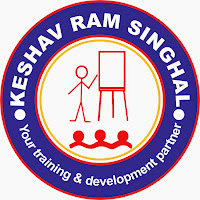Clause 4.2 of ISO 9001:2015 QMS standard deals with the requirements related to the understanding of the requirements of interested parties. According to the requirements of the standard, following needs to carry out:
(i) Determine: Interested parties relevant to the organization
(ii) Determine: Requirements of the determined interested parties that are relevant to the organization
(iii) Monitor and review: Information about the determined interested parties and their determined requirements.
Clarification:
(i) Interested parties = Persons/organizations that can affect, be affected by, or perceive themselves to be affected by a decision or activity.
(ii) Examples of interested parties: Customers, owners, stockholders, employees, workers on contract, contractors, suppliers, bankers, unions, partners, society, competitors, opposite pressure groups, government, regulatory bodies, neighbours etc.
(iii) Why there is a requirement to understand the needs and expectations of interested parties? Because interested parties' needs and expectations can have an effect or potential effect on the organization's ability to consistently provide products/services that meet (fulfill) customer and applicable legal requirements.
(iv) Needs and expectations = Requirements
An understanding of the needs and expectations of interested parties is an important issue as this can affect the organization's quality management system. As such, it is required that the organization remains familiar with the requirements of interested parties and maintain an awareness through monitor and review and thus make the organization to respond to the requirements appropriately. Unwillingness or reluctance to recognize the needs and expectations of interested parties will hamper a robust quality management system.
Step-by-step process:
(i) Make a team of identified persons.
(ii) The team should be asked to determine interested parties and their requirements.
(iii) The team should make a list of all such requirements with necessary details.
(iv) Assign responsibility to monitor and review such requirements to different persons or groups in the organization, so that effective decisions can be taken for the improvement.
- Keshav Ram Singhal
Organizations may contact for conducting in-house training program on (i) 'ISO 9001:2015 QMS Awareness', and (ii) 'Applying risk-based thinking.'

No comments:
Post a Comment